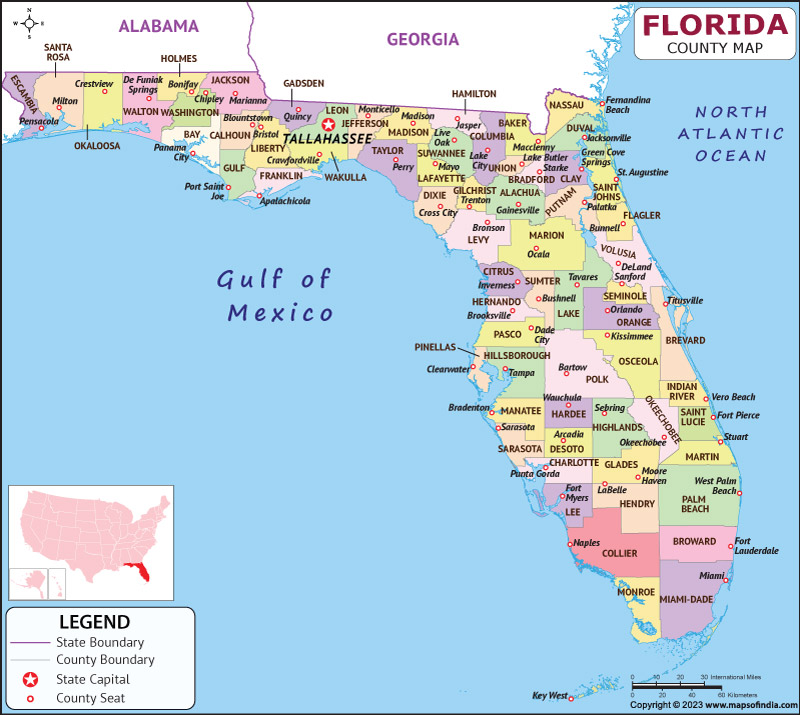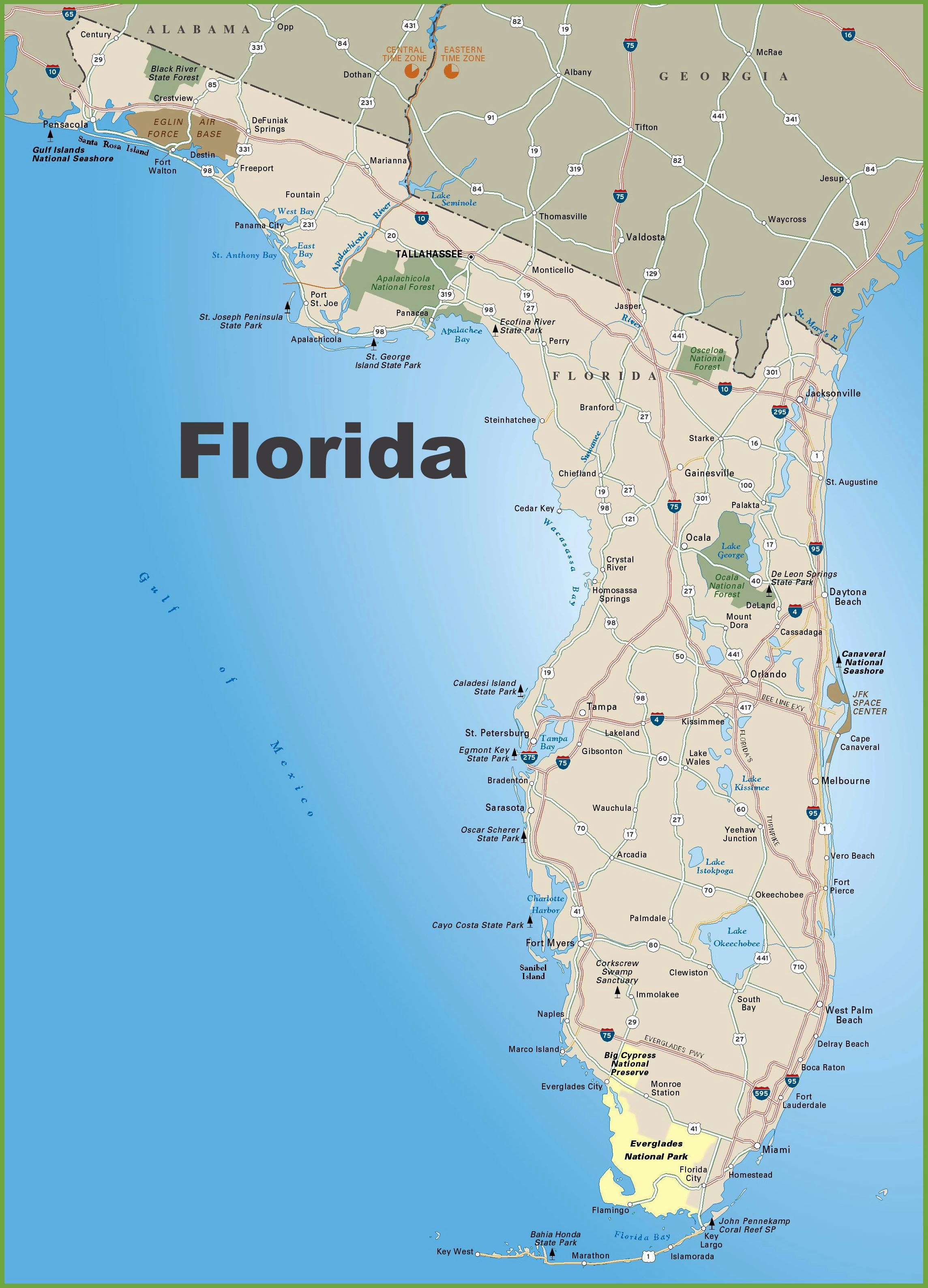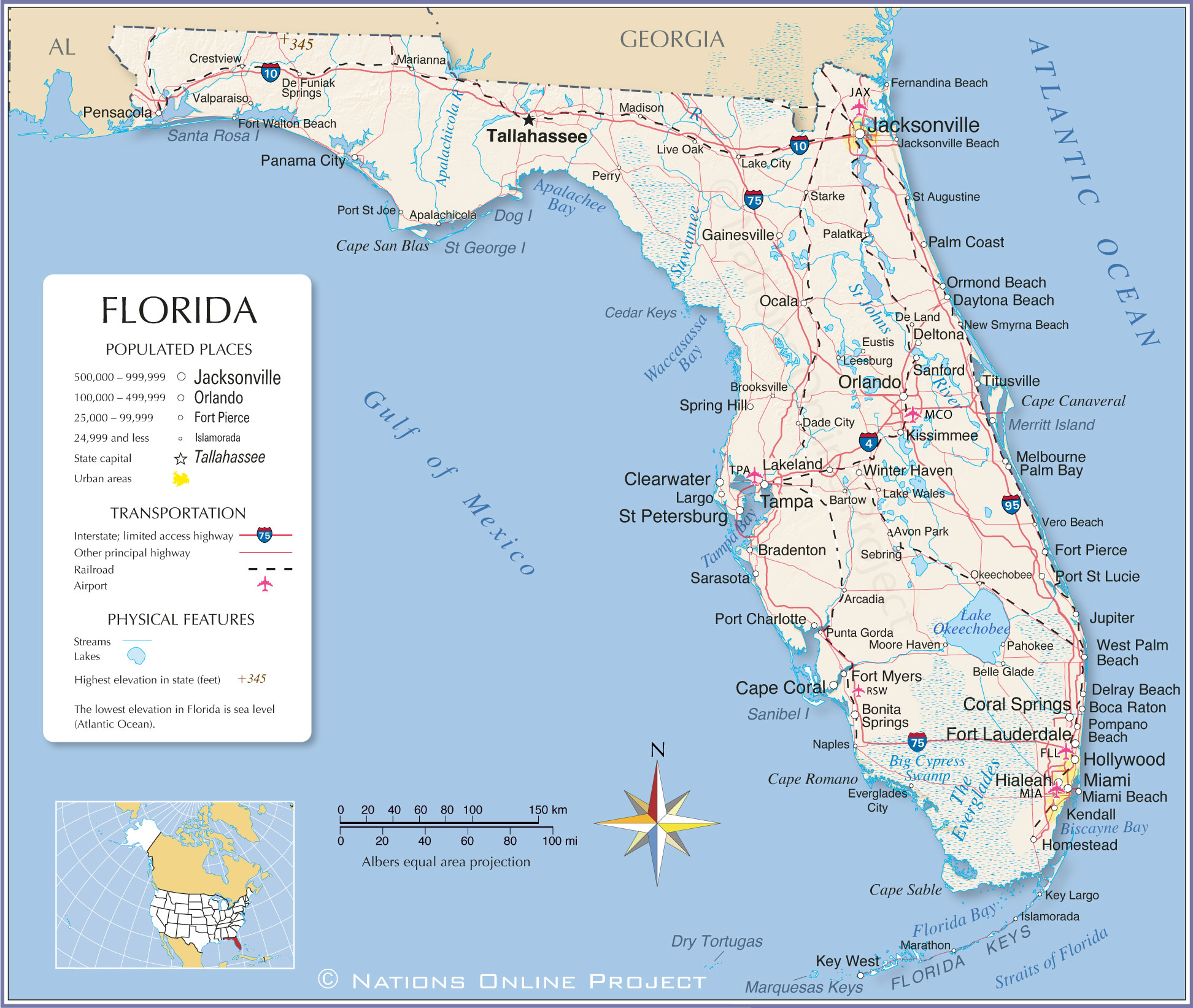
Tracing Ancient Paths: A Deep Dive into Florida’s Indigenous Landscapes Through Tribal Maps
Forget the theme park queues and the bustling beach resorts for a moment. Imagine a Florida that whispers stories of millennia, a landscape shaped not by developers, but by the hands and traditions of its first peoples. This is the Florida we’re reviewing today – a profound journey guided by the echoes of Native American tribal maps. These aren’t always paper documents, but rather the intricate knowledge of territories, trade routes, sacred sites, and resource-rich lands that defined vibrant cultures for thousands of years. Exploring Florida through this lens offers an unparalleled travel experience, transforming a casual visit into a pilgrimage of discovery and respect.
Our "location" isn’t a single park or museum, but a conceptual journey across Florida, punctuated by specific, powerful sites that reveal the enduring legacy of indigenous tribal mapping. It’s an immersion into the very soul of the land, providing a deeper context to the sunshine state that few tourists ever encounter.
The Invisible Maps: Understanding Indigenous Territories

Before we delve into specific sites, it’s crucial to understand what we mean by "tribal maps." For many indigenous cultures, maps weren’t static cartographic drawings. They were living, oral traditions – stories, songs, and detailed knowledge passed down through generations. These "maps" encompassed seasonal movements, hunting grounds, fishing territories, sacred places for ceremonies, sources of flint or clay, safe passages through swamps, and trade routes connecting distant communities. European colonization often imposed new boundaries, erasing these ancient lines, but the land itself still holds the memory. Our journey is about learning to read those memories.
The experience of following these invisible maps is transformative. It shifts your perspective from seeing Florida as merely a tourist destination to recognizing it as a homeland, deeply imbued with history and cultural significance. This approach offers a profound sense of connection, fostering an appreciation for both the resilience of Florida’s native peoples and the raw, untamed beauty of its natural environments.
Site 1: Crystal River Archaeological State Park – Navigating the Sacred Coast
Our first major stop on this interpretive map is Crystal River Archaeological State Park on Florida’s Gulf Coast. This isn’t just an archaeological site; it’s a monumental testament to a complex, organized society that thrived here for over 1,600 years, from 500 BCE to 1400 CE. The "maps" of the people who built this site – possibly ancestors of the Tocobaga or Timucua – were undoubtedly centered around the rich estuarine environment and the strategic advantages of the Crystal River.

What you’ll find here are impressive temple mounds, burial mounds, and a plaza area, all meticulously arranged. The tallest mound, standing 30 feet high, served as a ceremonial platform, offering commanding views of the surrounding landscape and the river. Imagine ancient navigators using this very mound as a landmark, guiding their canoes filled with trade goods like shells, shark teeth, and possibly even copper from distant lands. Their maps would have charted not just the local fishing grounds, but also the wider Gulf Coast, detailing safe harbors, freshwater sources, and rendezvous points for inter-tribal trade.
The Review: Walking among these ancient earthworks is a deeply humbling experience. The sheer scale and precision of the construction speak volumes about the ingenuity and societal organization of its builders. The interpretive center provides excellent context, but it’s standing atop the viewing mound, feeling the Gulf breeze, and imagining the bustling ceremonial life that once thrived here that truly connects you to the past. The "map" here is about resource management (oyster harvesting was massive), spiritual life (burial practices are evident), and long-distance connectivity. It’s a powerful reminder that Florida was a hub of sophisticated civilization long before European arrival. The park is well-maintained, offering clear pathways and informative signage, making it accessible for all fitness levels. Allow at least 2-3 hours to fully absorb the site.
Site 2: Paynes Prairie Preserve State Park – The Heart of the Alachua Savannah
Moving inland, our invisible map guides us to Paynes Prairie Preserve State Park near Gainesville. This vast, 21,000-acre savanna and wetland ecosystem was once known as "Alachua Savannah" – a name deeply embedded in the history of the Seminole and earlier indigenous groups like the Alachua culture (a Timucua-speaking group). Their "maps" of this region would have been intricate tapestries of seasonal migrations for game (bison once roamed here!), optimal hunting grounds, freshwater springs, and safe havens during flood seasons.

Paynes Prairie represents a vital crossroads. It was a place of abundance, providing sustenance, and a strategic location for various groups. The Seminole, fleeing conflicts further north, found refuge and a new identity here, establishing villages and cultivating crops. Their knowledge of the prairie’s cycles – where to hunt deer, how to harvest wild plants, the location of medicinal herbs – was their living map, allowing them to thrive in a challenging environment.
The Review: Paynes Prairie offers a dramatically different indigenous landscape experience. Instead of mounds, you encounter vast, open spaces, teeming with wildlife – wild horses, alligators, bison (reintroduced), and an incredible array of birds. The "map" here is about ecological knowledge and adaptation. Hiking the trails, particularly the La Chua Trail, provides breathtaking views and an opportunity to feel the scale of this ancient hunting and living ground. The observation tower gives you a panoramic perspective, allowing you to envision the native peoples moving across this immense landscape. The interpretive center offers insights into the prairie’s natural and cultural history, including its indigenous past. This site demands patience and a willingness to simply be in the environment. It’s a testament to the power of nature as a mapmaker, dictating where life could flourish. Bring binoculars, water, and prepare for potential sun exposure.
Site 3: Lake Jackson Mounds Archaeological State Park – A Mississippian Capital
Our journey takes us north to Lake Jackson Mounds Archaeological State Park near Tallahassee. This site, a major ceremonial center of the Fort Walton culture (a regional manifestation of the Mississippian culture), showcases yet another facet of Florida’s indigenous "maps." Active from 1000 to 1500 CE, the site features impressive earthen mounds arranged around a central plaza, indicating a highly structured society.
The "maps" of the Fort Walton people would have detailed agricultural lands (corn was a staple), sources for raw materials like chert for tools, and extensive trade networks that connected them to other Mississippian centers across the Southeast. These weren’t isolated communities; they were part of a vast cultural and economic sphere. The mounds themselves were powerful symbols, acting as literal and metaphorical landmarks, defining the center of their world and their connections to the cosmos.
The Review: Lake Jackson Mounds provides a compelling glimpse into a powerful chiefdom. The scale of the mounds here is awe-inspiring, particularly Mound 3, the largest, which likely supported the chief’s residence or a temple. Walking the trails around the mounds, you gain a sense of the sheer effort and societal organization required to construct such monumental architecture. The interpretive panels are informative, detailing the lives, beliefs, and practices of the Fort Walton people. This site emphasizes the political and religious aspects of ancient indigenous "maps" – how territory was defined not just by resources, but by power structures and spiritual beliefs. It’s a quieter park than some, allowing for reflective contemplation. It’s well-maintained and easily navigable, perfect for an hour or two of exploration.

The Everglades & Calusa: A Water-Based World
While not a single "park" in the same vein, no review of Florida’s indigenous maps would be complete without acknowledging the Calusa and Tequesta peoples of South Florida, particularly the Everglades and coastal regions. Their "maps" were fundamentally different, shaped by water. For the Calusa, who dominated the southwest coast, their entire world was aquatic. Their "maps" charted intricate canoe routes through mangroves, deep fishing channels, clam beds, and the locations of vast shell mounds – not just refuse piles, but often elaborate architectural structures that served as homes, ceremonial platforms, and defensive positions. These were truly a "Watery Kingdom," and their knowledge of the tides, currents, and marine life was their ultimate guide.
The Review (Conceptual): While direct, well-preserved Calusa sites accessible to the public are fewer and often remote (like Mound Key Archaeological State Park, which requires boat access), simply experiencing the Everglades or a mangrove estuary offers a profound insight into their world. Kayaking through a mangrove tunnel, understanding the intricate relationship between land and water, and seeing the abundance of marine life, helps you appreciate the Calusa’s unique "map." Their map was fluid, ever-changing with the seasons and tides, and utterly reliant on an intimate understanding of the aquatic environment. It’s a powerful conceptual addition to our journey, reminding us of the diverse ways Florida’s first inhabitants understood and mapped their world.
Practicalities and Respectful Travel
Traveling Florida through the lens of Native American tribal maps is an enriching experience, but it requires a mindful approach:
- Respect the Sites: These are sacred and historically significant places. Stay on marked trails, do not disturb any artifacts, and leave no trace.
- Educate Yourself: Visit interpretive centers, read historical markers, and consider supplementary reading before and after your visit.
- Support Indigenous Voices: Where possible, seek out opportunities to learn directly from contemporary Native American communities in Florida.
- Prepare for Nature: Florida’s natural environments can be challenging. Bring plenty of water, wear appropriate clothing and footwear, use sun protection, and be aware of wildlife (alligators, snakes, insects).
- Patience and Contemplation: This isn’t a rush-through experience. Allow time to simply be in these places, to listen to the whispers of history, and to connect with the land.
The Ultimate Review: A Transformative Journey
Our review of exploring Florida through the lens of Native American tribal maps is overwhelmingly positive. This isn’t just a trip; it’s an educational and spiritual journey that reshapes your understanding of Florida. It’s a powerful antidote to the often superficial tourism narrative, offering a chance to connect with the deep, resonant history beneath the surface.
By seeking out sites like Crystal River, Paynes Prairie, and Lake Jackson Mounds, you’re not just visiting parks; you’re stepping onto landscapes that were meticulously understood, cherished, and mapped by generations of indigenous peoples. You’re witnessing the enduring legacy of their ingenuity, resilience, and profound connection to the land. This experience challenges you to see Florida not just for its present-day attractions, but for the rich, complex tapestry of cultures that shaped it over thousands of years. It’s a journey that leaves you with a deeper appreciation for both Florida’s natural beauty and its invaluable human heritage. For the thoughtful traveler, seeking authenticity and meaning, this is the definitive Florida adventure.
